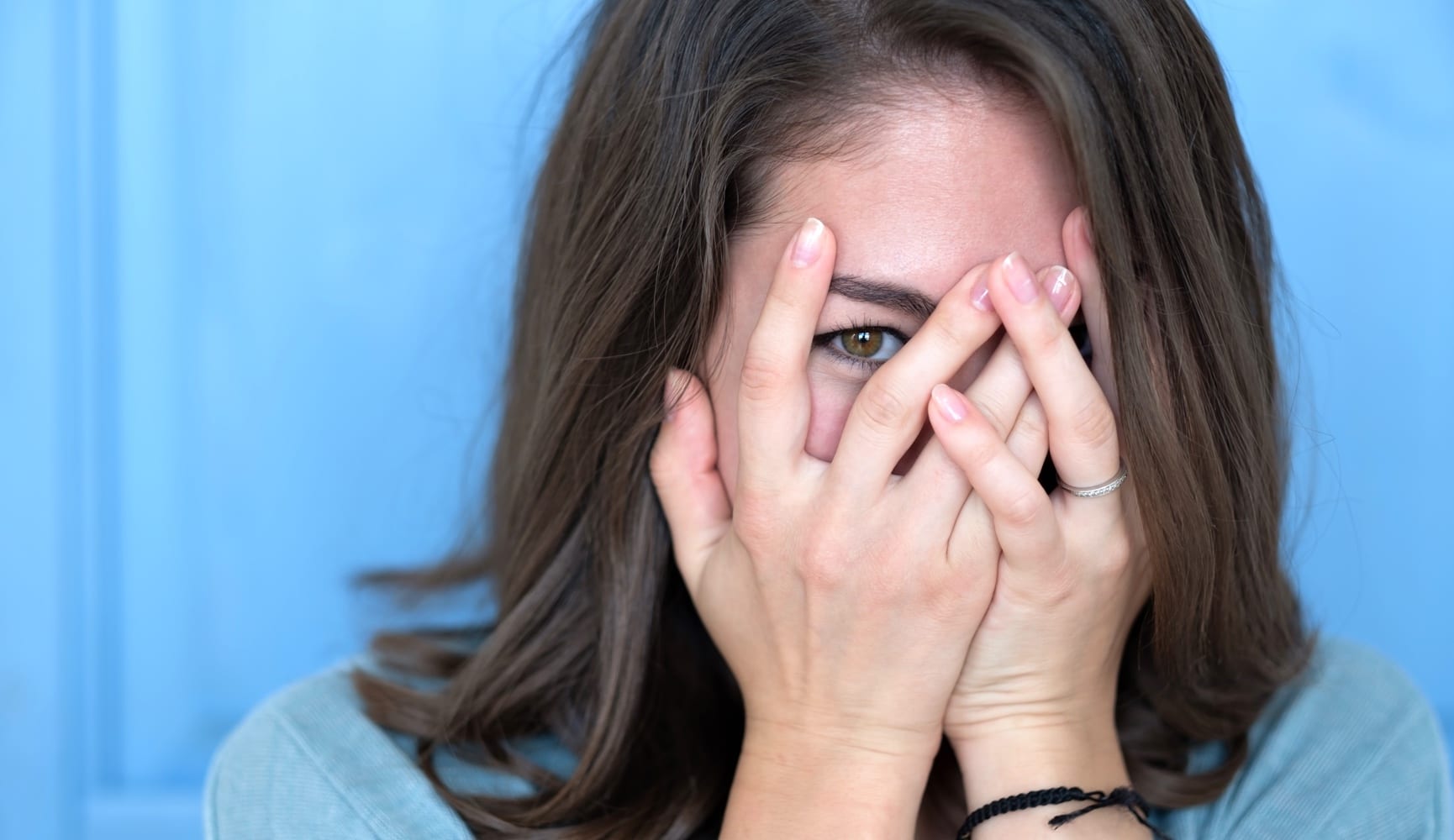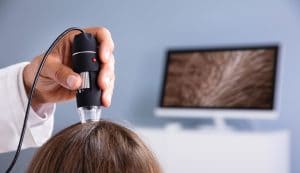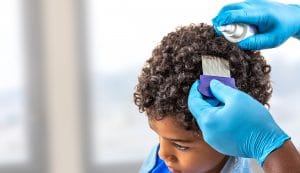Of all the problems your family can have, head lice are probably not one of the worst. These parasitic bugs that feed off the blood under your scalp are more annoying than dangerous. They don’t spread disease, but the incessant itching they can cause due to allergic reactions to their bite can be bad enough.
Children are typically struck by these tiny pests since they’re typically spread by the head or at least the hair of an infested person coming into contact with that of another, and we know how kids seem to constantly be in contact. Beyond the physical symptoms of a red, itchy, irritated scalp, embarrassment can be the primary emotional symptom for many parents.
HEAD LICE SHOULD NOT CAUSE EMBARRASSMENT
There are millions of lice outbreaks a year in the United States, so they are a fairly common problem. They don’t discriminate based on income, race, hygiene or pretty much any other factor. If you have a head of hair with a scalp underneath it, that warm, moist environment, clean or dirty, is just what they’re looking for.
Still, some parents can feel a little self-conscious when going to the counter at the pharmacy and having to ask for the “lice shampoo.” This can also happen when they call the parents of those kids their infested child hangs out with to give them a heads up about the situation. While asking for lice shampoo should not be embarrassing, there is another reason you may want to skip that step anyway.
OVER-THE-COUNTER LICE TREATMENTS
The lice treatments you get at your local drug store are typically going to have pesticides or toxins in them that have actually been overused for years. This overuse has caused many lice, now dubbed “super lice,” to become immune to them. Also, they are toxins, so you would need to worry, as a parent, if your kid might have some allergic or other reaction to them. This is especially true given that you’ll often have to apply them several times over the course of a few weeks to increase the chances of the treatment working. Again, though, if some lice are immune, it’s never going to work.
HEAD LICE TREATMENT THAT’S SAFE AND EFFECTIVE
You may be wondering at this point, if retail lice shampoos don’t work, what am I supposed to do about these annoying pests? Some parents turn to home remedies out of frustration, but these can be just as ineffective since any missed lice or nits can mean the infestation starts all over again in a week or so.
If you are lucky enough to live in the Chester County area near Philadelphia, our team at Lice Lifters of Chester County has the hair lice removal service for you. When you bring any family members you believe have lice to our lice salon, we check first thing to verify that this is the problem. Once we find them, we use our time-tested and guaranteed mix of 100 percent safe and natural techniques and products that rid your loved ones of this problem in a single visit. Whether you’re embarrassed by lice or not, they are still a nuisance for any of your kids having to deal with them and a completely unnecessary one since you can call us and set up an appointment to have it eliminated. Although we’re based out of Chester County, we’re also considered to offer the best lice removal Chester County PA residents have ever seen!





